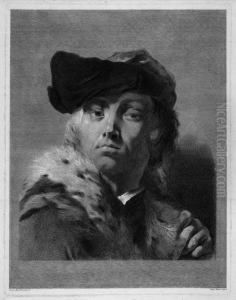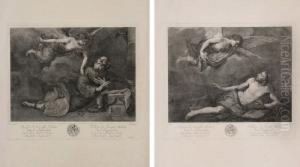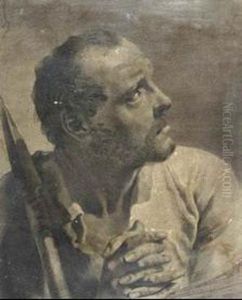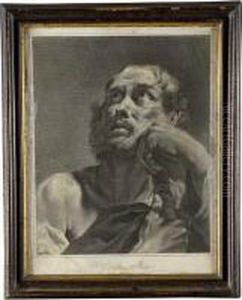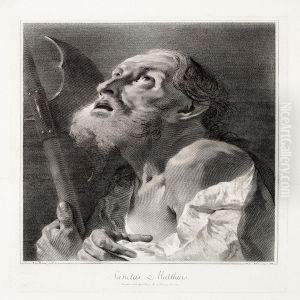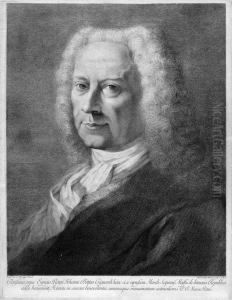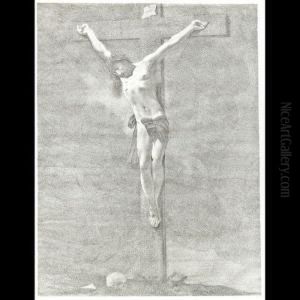Giovanni Marco, Al. Pitteri Paintings
Giovanni Marco Pitteri, often referred to in art historical texts as Giovanni Marco Antonio Pitteri, was an influential Italian engraver born in 1702 in Venice, Italy. His work is emblematic of the Rococo period, capturing the elegance and decorative intricacies characteristic of the era. Pitteri was renowned for his exceptional skill in engraving, particularly noted for his ability to translate the grandeur and detail of paintings into the medium of prints with remarkable fidelity and artistic sensibility.
His career spanned a significant portion of the 18th century, a period during which the art of engraving was highly esteemed as a means of disseminating visual art to a wider audience. Pitteri trained under the guidance of Joseph Wagner, a prominent engraver of the time, who was instrumental in cultivating his pupil's mastery over the engraving process. This apprenticeship was crucial in shaping Pitteri's stylistic development and his approach to engraving, which combined technical precision with a unique flair for capturing the dynamic qualities of the original artworks.
Throughout his career, Pitteri contributed to the reproduction of works by several renowned painters, including Giovanni Battista Tiepolo, one of the leading figures of the Venetian school. His engravings served not only as reproductions but also as interpretations of the original paintings, offering insights into the aesthetic preferences and artistic trends of the 18th-century Venetian art scene. Pitteri's engravings were highly sought after by collectors and art enthusiasts of his time, contributing to the spread of Venetian style and taste across Europe.
Giovanni Marco Pitteri's legacy is preserved in the collections of numerous museums and galleries, where his engravings continue to be studied and admired for their beauty and technical excellence. He died in 1786 in Venice, leaving behind a body of work that remains a valuable resource for understanding the visual culture of the Rococo period. His engravings not only illustrate the skill and creativity of 18th-century Venetian engravers but also provide a window into the broader artistic movements and cultural contexts of the time.

